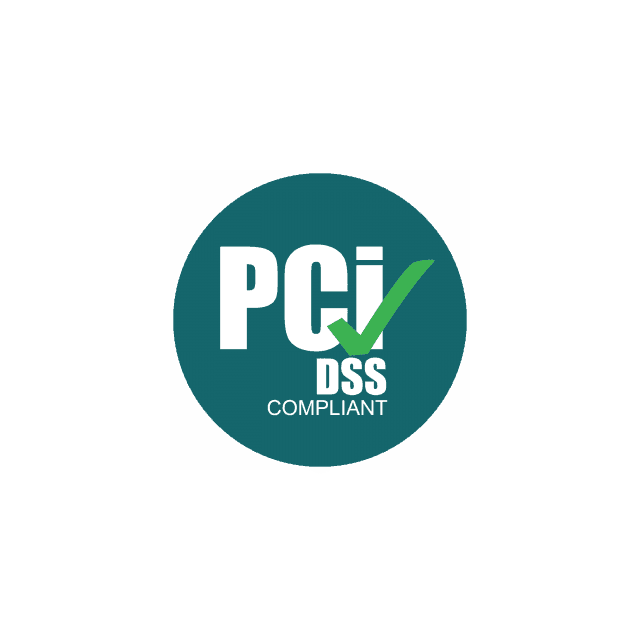
Best Practices for Keeping Customers Happy and Returning
Best Practices for Keeping Customers Happy and Returning, aside from offering a quality product, keeping customers happy and returning for business really comes down to three things: honest feedback, continuous improvement, and communication. Let’s explore how and why these things are so important to customer satisfacton.
Why Do Negative Experiences Drive More Feedback Than Positive Ones?
Have you ever noticed that people are more likely to share their negative experiences rather than their positive ones? It’s a phenomenon that has intrigued both psychologists and business owners alike. It’s a fascinating insight into human behavior! For business, understanding this trend is crucial. We know that customers tend to voice their concerns when things go wrong. But why?
Psychologically, negative experiences tend to stand out more in our minds because they yield a heightened emotional response. On top of that, to keep us safe, our brains react to negative emotions by processing them more thoroughly. Thus, they leave a stronger impression, and many feel the need to express their dissatisfaction. On the other hand, positive experiences are appreciated and can keep clients and customers returning but might not prompt the same urgency to share.

So, a negative review or experience can make you lose more business than a positive experience may make you gain. It’s ironic, but hey, at least you don’t lose anything when providing positive experiences. In fact, there may be more ways to gain here than initially obvious.
Think of creative ways to get your customers to give you honest feedback: the good, the bad, and yes, even the ugly. At the end of a call, you might prompt a short survey, or have a place to provide feedback on your website. You can offer points or rewards for honest feedback or reviews. Ultimately, it depends on your business, and what works for you.
Each piece of feedback, whether positive or negative, is valuable. If you have a commitment to delivering top-notch service to your clients, then customer feedback and input will only serve to help fine-tune your approach.

Unlocking Honest Customer Feedback: A Pathway to Improvement
• Create a Welcoming Atmosphere: Make customers feel comfortable sharing their thoughts. Build rapport through personalized interactions and show a genuine interest in their opinions.
• Feedback Channels: Provide multiple avenues for feedback – surveys, emails, and even direct calls. Tailor these channels to suit the preferences of your American audience.
• Perfect Timing: Ask for feedback when the experience is still fresh. This enhances the accuracy and relevance of the feedback received.
• Motivate Responsiveness: Offer small incentives, like discounts or rewards, to encourage customers to provide feedback promptly.
• Open-Ended Questions: Craft questions that encourage detailed responses. This helps uncover valuable insights and areas for improvement.
•Anonymous Option: If you want truly candid feedback, offer an option for customers to provide input anonymously.
- Listen Actively: When customers share feedback, listen attentively or read closely. If you’re able to respond to feedback, be thoughtful in your answer and avoid becoming defensive or dismissive, as this can discourage open communication.
- Acknowledge and Appreciate: Publicly acknowledge customers who provide feedback, if possible. Highlight how their insights contribute to service or product enhancements.
- Transparency in Actions: Communicate how you’re using the feedback to make positive changes. This reinforces the idea that you are a company that cares what your customers think and that their opinions matter.
- Continuous Updates: Share improvements you’ve implemented based on feedback. This reaffirms your commitment to continuous growth and excellent service.
- Listen Actively: When customers share feedback, listen attentively or read closely. If you’re able to respond to feedback, be thoughtful in your answer and avoid becoming defensive or dismissive, as this can discourage open communication.
- Acknowledge and Appreciate: Publicly acknowledge customers who provide feedback, if possible. Highlight how their insights contribute to service or product enhancements.
- Transparency in Actions: Communicate how you’re using the feedback to make positive changes. This reinforces the idea that you are a company that cares what your customers think and that their opinions matter.
- Continuous Updates: Share improvements you’ve implemented based on feedback. This reaffirms your commitment to continuous growth and excellent service.
Remember, genuine feedback is a two-way street. Respond thoughtfully to it and let it be known how you’re addressing customer concerns. By nurturing a culture of open dialogue both in and around your business, you’ll pave the way for continuous improvement and exceptional services.
How Can an Outsourcing Partner Help with Overall Customer Satisfaction?
An outsourcing partner can play a significant role in keeping customers happy and returning by providing valuable support services that enhance the overall customer experience. Here’s what you can expect from a reliable partner like MySource:










Improving Customer Experience
Providing exceptional customer experiences isn’t just a competitive advantage; it’s a necessity. Whether you’re in the BPO industry, like MySource, or another area, here are some proven strategies to enhance your customer experience:
Understand Your Customers: The first step is to truly understand your customers. Analyze their demographics, preferences, and pain points. This insight forms the foundation for tailoring your services to their needs.
Embrace Automation: Implement automation where appropriate. Chatbots, for instance, can provide instant responses to routine queries, freeing up your human agents for more complex tasks.
Resolve Issues Quickly: Prioritize speedy resolution of any issues that arise. The faster you can resolve problems, the happier your customers will be.
Empower Your Team: Equip your team with the knowledge, tools, and soft skills needed to handle a wide range of customer interactions through regular training sessions. Update your team on industry best practices and equip them with the knowledge to assist effectively. Well-trained and empathetic agents are at the heart of excellent customer experiences, and a compassionate response can transform a negative experience into a positive one.
Actively Solicit Feedback: Encourage customers to share their thoughts and experiences. Use surveys, reviews, and direct feedback to gain insights into their satisfaction levels and areas that need improvement.
Personalize the Experience: Tailor your services to individual clients. Use data and analytics to create personalized offers, recommendations, and solutions. Customers appreciate being valued and want to be understood. This goes back to the first point, which is to understand your customer. Utilize data and analytics to create customer profiles and offer tailored solutions.
Streamline Communication Channels: Customers expect seamless communication across various channels – from email and chat to social media and phone. Ensure consistency and responsiveness across all platforms.
Communication is Key
At the end of the day, communication is key to customer satisfaction. Customers expect transparency and responsiveness. Here’s why effective communication is vital for keeping them happy:
Understanding Needs: Listening to your customers helps you understand their needs, enabling you to tailor solutions to their specific requirements.
Building Trust: Transparent and open communication builds trust. Trust is the foundation of long-lasting customer relationships.
Problem Solving: Promptly addressing issues and concerns shows you value your customers’ feedback and are committed to resolving problems.
Feedback Loop: Communication creates a feedback loop that allows you to continuously improve your products and services based on customer input.
Personalization: Effective communication enables you to personalize your interactions, making customers feel valued and appreciated.

Internal Alignment: Effective team communication is a critical factor in ensuring customer happiness. It ensures that everyone is on the same page. When your team collaborates seamlessly, it results in smoother customer interactions, quicker issue resolution, and a consistent customer experience.
Effective communication throughout every facet of your business reflects an organization of success and excellence. Communication truly is key.
Keeping customers happy (and returning!) is an ongoing process that requires a deep understanding of customer behavior, proactive feedback collection, effective collaboration with outsourcing partners, continuous improvement, and excellent communication. By implementing these best practices, businesses can create a culture that not only retains existing customers but also attracts new ones, fostering long-term success.





